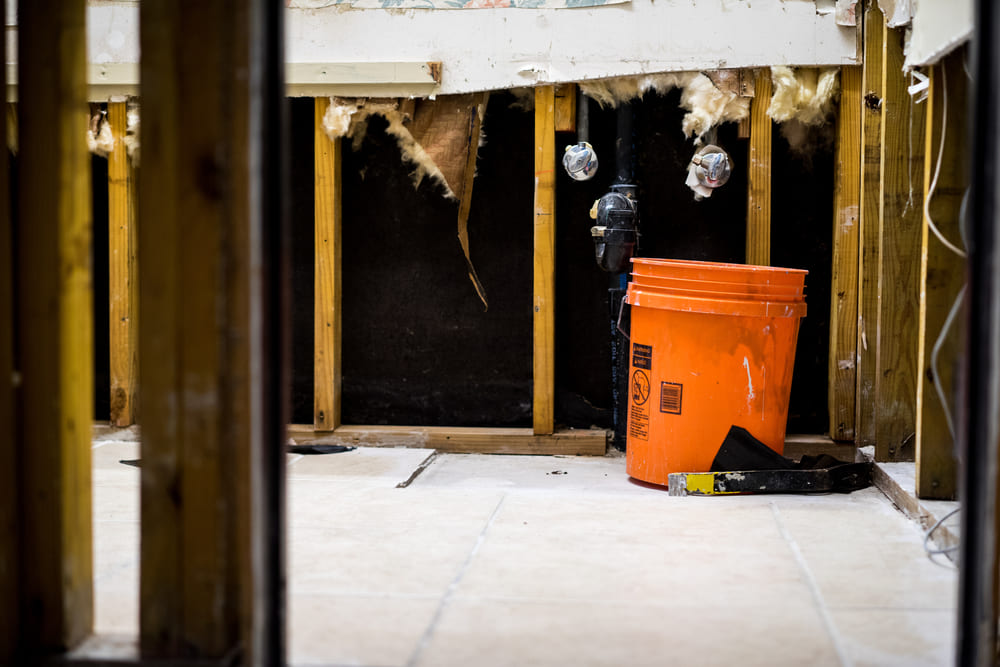
It’s critical to accurately assess the structure’s damage following a flood or other water damage.
Any qualified water damage repair professional needs a moisture meter to identify where and how long to operate drying equipment. Jackson County OR water damage repair specialists use moisture meters.
Removing experts use heavy-duty fans and dehumidifiers after standing water has been eliminated. Depending on the materials, drying can take a few days to a few weeks.
The IICRC-certified water damage repair teams at Swept Away Restoration are qualified to check on the progress of your drying out regularly. As they receive fresh moisture meter readings, they might change their equipment.
How Does Jackson County Water Damage Repair Use A Moisture Meter?
There is more to water damage than meets the eye in a home or business. Any porous material will absorb water. Therefore, complete drying of the structure is vital for occupant health and structural integrity.
Mold and mildew growth and material degradation are both impacted by excessive moisture. Therefore, moisture meters are used in Jackson County water damage repair before, during, and after work to assess the damage, monitor drying, and confirm the structure is dry.
A moisture meter measures the moisture content of a substance. The moisture content is measured by the meters. Most meters will feature non-wood and wood scale calibrations. One excellent example is drywall.
For gypsum, several include a third scale. These meters should check the moisture content of sheetrock. The type, brand, material, and user’s competence of the meter all affect its accuracy.
Different Moisture Meters Jackson County Water Damage Repair Experts Use
Experts in water damage repair use three different moisture meters.
Meters with Pins
With pin-type moisture meters, two pins puncture the material being measured. Electrical resistance is used to measure the moisture content after pins are placed to the desired depth, typically 5/16”. To evaluate the moisture content of a material, conductivity between uninsulated pins is measured.
Readings can also be got by just contacting the material with the pins. However, the best way to determine the precise location and depth of moisture is to use pin-type meters, which are intrusive because of their depth.
The ability to distinguish between surface and core moisture levels is required, which is necessary for correct and efficient drying.
No-Pin Meters
Electrical impedance is used by pinless moisture meters to identify moisture. Like pin-type meters, pinless moisture meters work without needing to be penetrated.
They can accurately locate flaws in concrete and other subfloors at a depth of 34-1”. They may also detect moisture beneath polished surfaces like tile.
Universal Water Detection Meters
A pinless and pinless-type meter is combined into an all-in-one meter. This kind of meter may identify general type areas and then target moisture buildup using both testing techniques. The scales on this versatile tool for restoration professionals are identical to those of two separate meters.
Get Help Find Leaks From Jackson County Water Damage Repair Experts
For the repair of water damage, moisture meters are vital. These meters assess, monitor, and confirm that the drying process has ended.
If you need emergency help or need your home back to a livable condition, you can contact Swept Away for a free estimate.
Alternatively, you can fill in the compact form below for a staff member to be in touch.
When you need a 5-star service? Then, you’ve come to the right place. We offer water damage repair & carpet cleaning in Medford, Jacksonville, Jackson County, and Jackson County.
In addition, you can check our customer reviews on Google.

